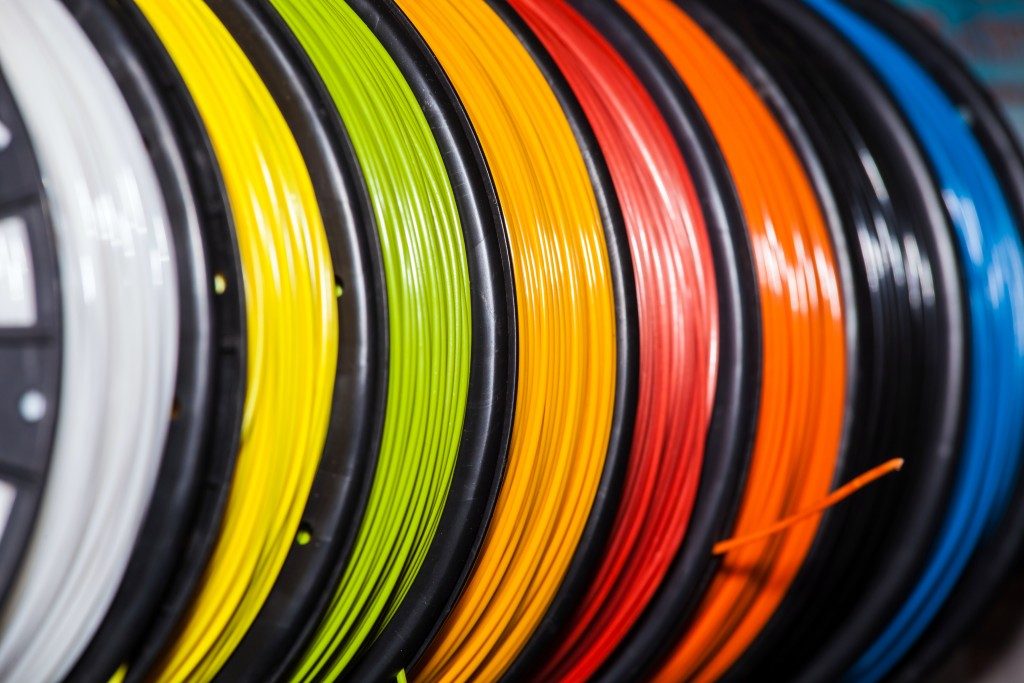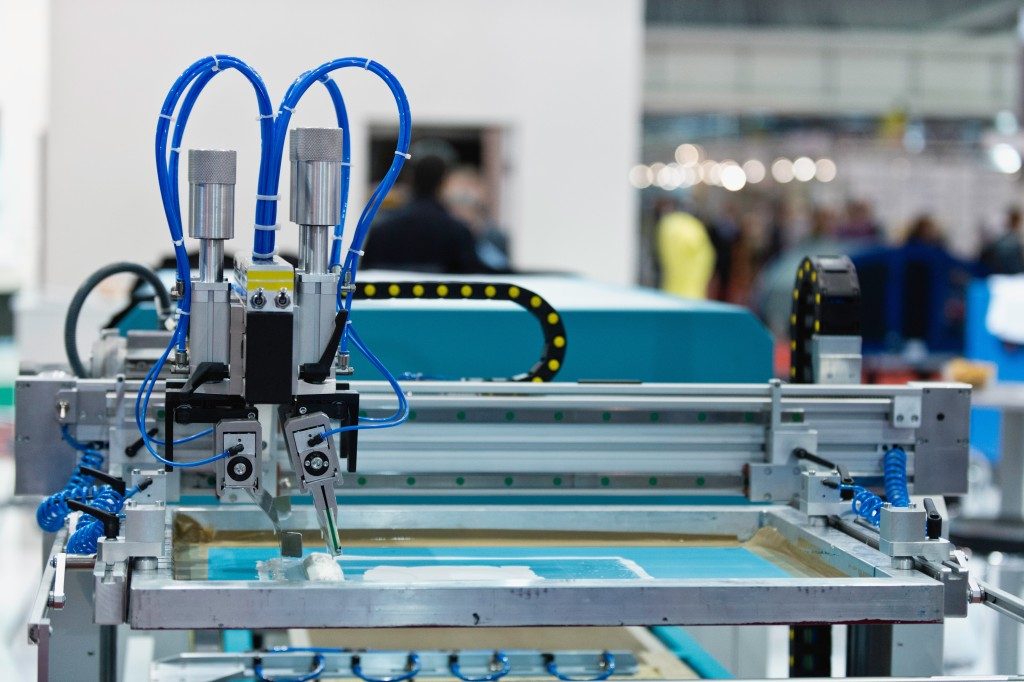From mini house models to artificial food display, 3-D printed models have been around for quite some time. Not only do they help marketing products and services, but they are also important in technological advancement in health and medicine, architectural designs, and engineering.
The widespread use of 3-D printing has made its way to UK homes, as well as any other parts of the world. Small businesses that specialise in arts and crafts have started utilising it for display models and design tests. It is easy to tell that they are made of plastic, but there are different types to choose from based on your needs. It is important to know which material you need. Most 3-D printer suppliers will help you choose which filament is best for your needs.
Acrylonitrile Butadiene Styrene (ABS) Filament
This is the most common material used as a filament for 3-D printing. It is tough, is non-toxic, and has a high melting point. However, it produces an unpleasant smell with its fumes. This is considered the toughest among other materials used as filaments.
Poly Lactic Acid (PLA) Filament
This is the most common biodegradable material used. It is usually derived from biomaterials from corn. It produces a rougher texture than most filaments. It is commonly used for recreational printing.
Wood Fibre Filament
Like the name suggests, this material is made of wood fibres mixed with another filament—usually PLA—and has a pleasant woody smell. It is mostly used for recreational printing, which needs sanding for a nice finish.
Metal Filament
Like wood fibre filaments, metal filaments are known for their durability. However, they are not that easy to use. They are also quite expensive.
Polyethylene Terephthalate (PET) Filament
PET filaments are very safe. They provide a glassy finish to your prints. They are slower to print than other filaments, and you will need a 3-D printer with a heat bed to produce good prints using this material. Since this one is made of the same material as plastic bottles, PET-printed models can be recycled as well.
Poly Vinyl Alcohol (PVA) Filament
This filament is mostly a support filament for complex 3-D print designs. It is water-soluble, so it basically makes up a print space that is meant to empty spaces in the end. However, this is still necessary during the printing process.
Nylon Filament

This filament is commonly used because it is inexpensive. Its strength and resistance to high temperatures make it a very useful material.
NinjaFlex and Thermoplastic Urethane (TPU) Filaments
TPU filaments have rubber-like qualities such as their durability and flexibility. TPU filaments are mostly used to print household items, toys, and wearable items, especially in the medical field.
These are just the most common materials or filaments used for 3-D printing. More complex designs require mix and match, and it also depends on the capabilities of the 3-D printer. It is important for you to research and inquire about known procedures in printing instead of experimenting on your own since some materials cost significantly higher than others.

